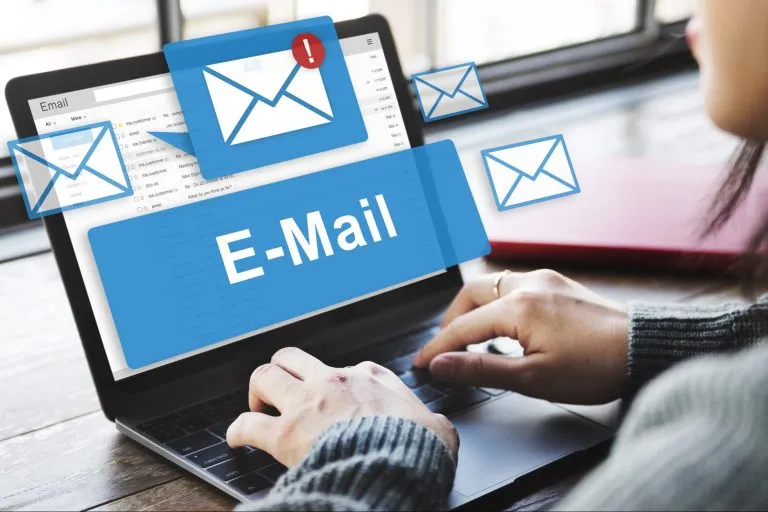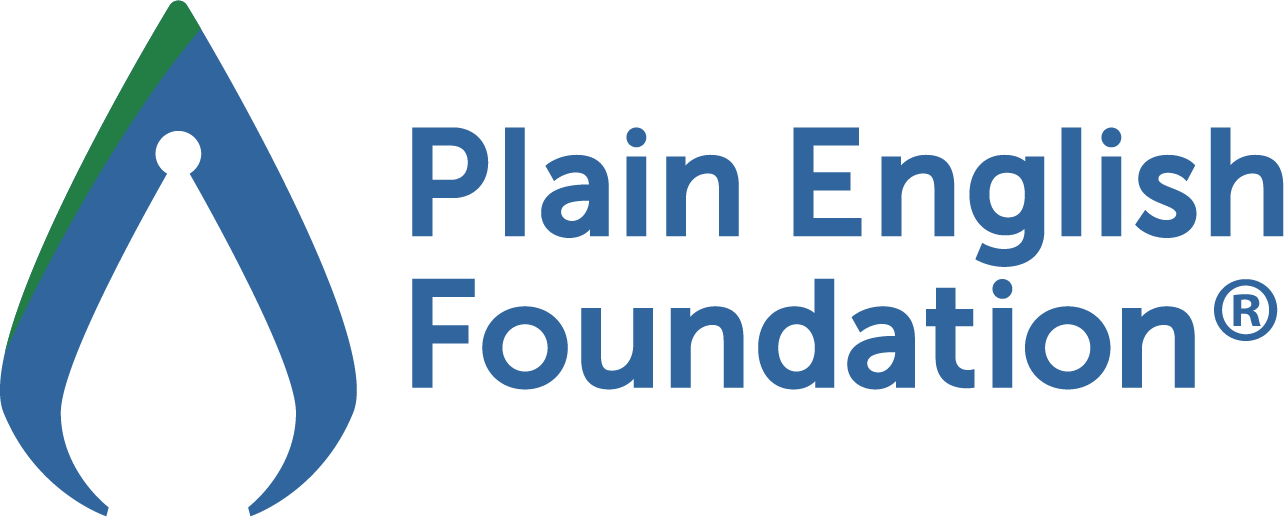How to write an email
How many emails do you receive each day? How many are you really reading? Want to know how to write an email that people will read?
In 2020, the average office worker received 121 emails each day. And research suggests that employees leave about one-third of their emails unread.
With so many emails going unread, how do you ensure your emails get read and the reader does what you want?

After years of critically analysing emails – the good, the bad and the ugly – we’ve come up with 2 recommendations that will guarantee your email gets read.
1. Use a structure model that prioritises what readers need to know Often writers sequence their email content chronologically. Fair enough. It makes sense for the writer because it reflects what they are thinking. But this approach doesn’t make sense for the reader. It buries the main point of the email halfway down the screen. If it’s bad news, the reader is going to be frustrated by how much they have to read before reaching the information they really need. Or they might not get there at all. Our tried and tested email structure sequences information in order of its importance for the reader. This means putting what you want the reader to know or do early in your email. This structure is a plain English strategy, and research shows that interventions like this work. They can:- reduce customer complaints by 78%
- decrease writing time by 50%
- increase reader satisfaction by 45%.
For more benefits of plain language, check out Dr Joseph Kimble’s book, Writing for Dollars, Writing to Please 2nd edition.
To learn more about our recommended email structure, contact our editing consultants. And to help you write emails every day, we have our free Australian Style Guide. This resource covers the most common style questions for Australian:
- communication specialists
- professionals writing at work
- students and academics.
2. Use a template that saves writing time
We also recommend using a template. Templates are a great way to save time because they help you embed the structure in all your emails. Our editing consultants can create custom email templates for your organisation. These templates include helpful instructions to help staff structure their writing, and we also add in any standard text your business needs. They’re designed with accessibility in mind and seamlessly integrate into your system. We can also provide you with a plan for rolling out the new templates to your staff. We can run staff seminars to bring your team up to speed or create an online video so staff can learn about the new templates at a time that suits them. Our training team also offers specialised workshops that explain how to use our recommended email structure. Check out our corporate training options or talk to our team today. All our workshops align with Plain language – Part 1: Governing principles and guidelines (ISO 24495-1).
Want your writing to be
Turn writing at work into writing that works with our ISO-aligned plain language system.






